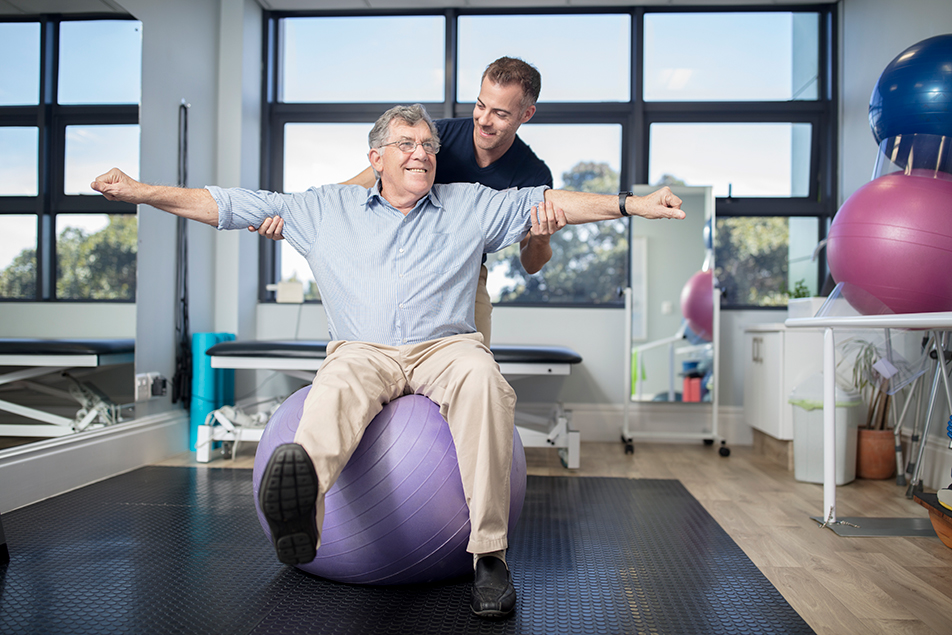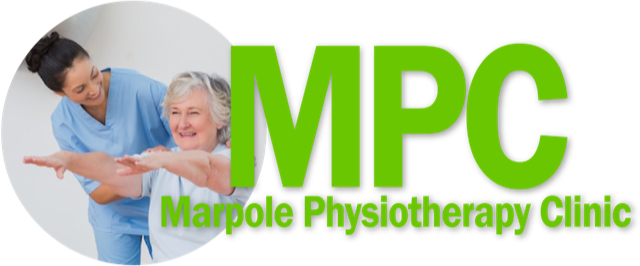
Vestibular rehabilitation therapy (VRT) is an exercise-based program designed to promote central nervous system compensation for inner ear deficits. VRT can help with a variety of vestibular problems, including benign paroxysmal positional vertigo (BPPV) and the unilateral or bilateral vestibular hypofunction (reduced inner ear function on one or both sides) associated with Ménière’s disease, labyrinthitis, and vestibular neuritis. Even individuals with long-term unresolved inner ear disorders who have undergone a period of medical management with little or no success may benefit. VRT can also help people with an acute or abrupt loss of vestibular function following surgery for vestibular problems.
Why is VRT needed?
When the vestibular organs are damaged with disease or injury, the brain can no longer rely on them for accurate information about equilibrium and motion, often resulting in dizziness, vertigo, balance problems, and other symptoms. Many people are able to recover from these symptoms on their own after a few weeks of normal activity because the brain has adapted with a process called vestibular compensation.
However, if the vestibular compensation process is not successful, a person’s ability to maintain posture and coordinate balance may become overly dependent on input from the eyes (vision) and muscles and joints (proprioception). In addition, the person may develop new patterns of head and body movement in an attempt to avoid dizziness and nausea. For example, a person with a vestibular disorder might adopt an exaggerated hip sway as a method of balancing, swivel the entire body rather than just the head when turning to look at something, or always look down at the floor to avoid what appears to be a confusing swirl of activity. Unfortunately, these strategies can make vestibular compensation even more difficult, worsening symptoms and often causing headache, muscle tension, and fatigue.
The goal of VRT is to retrain the brain to recognize and process signals from the vestibular system in coordination with vision and proprioception. This often involves desensitizing the balance system to movements that provoke symptoms.
What happens during VRT?
Your therapist will first perform a thorough evaluation that begins with a medical history and includes observing and measuring posture, balance and gait, and compensatory strategies. The assessment may also include eye-head coordination tests that measure how well a person’s eyes track a moving object with or without head movement. Other assessments may be used, such as a questionnaire measuring the frequency and severity of symptoms and associated lifestyle changes.
Using the evaluation results, the therapist will develop an individualized treatment plan that includes specific head, body, and eye exercises to be performed both in the therapy setting and at home. These exercises are designed to retrain the brain to recognize and process signals from the vestibular system and coordinate them with information from vision and proprioception. This often involves desensitizing the balance system to movements that provoke symptoms, and increasing home-based activities and exercise in order to strengthen muscles.
Depending on the diagnosis and collaboration with the physician, the in-office treatment with the therapist may also involve a specialized form of VRT called a canalith repositioning procedure, which is often referred to as the Epley maneuver.

